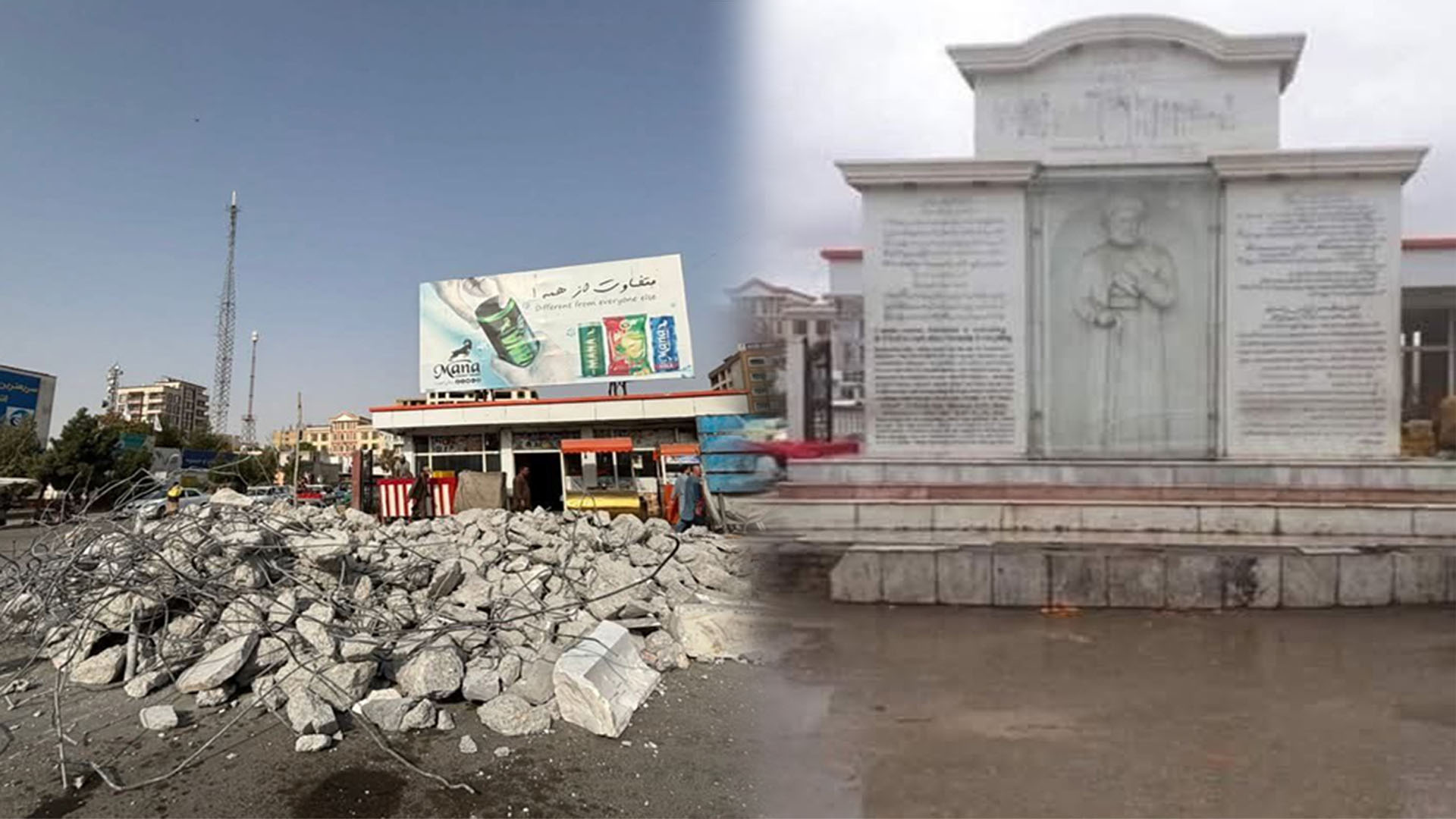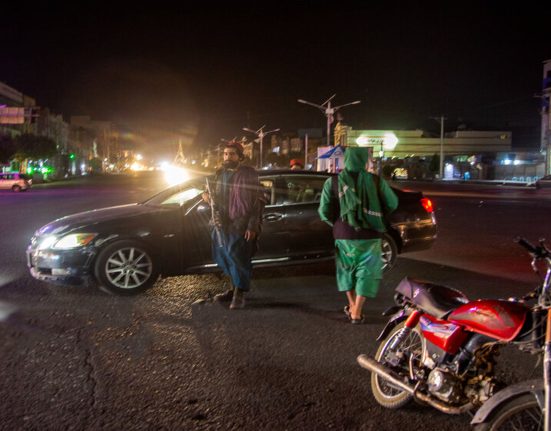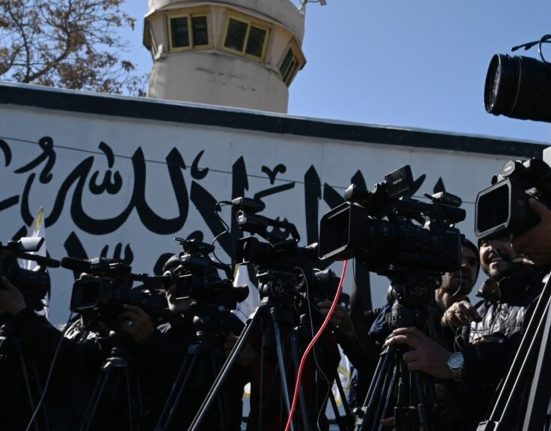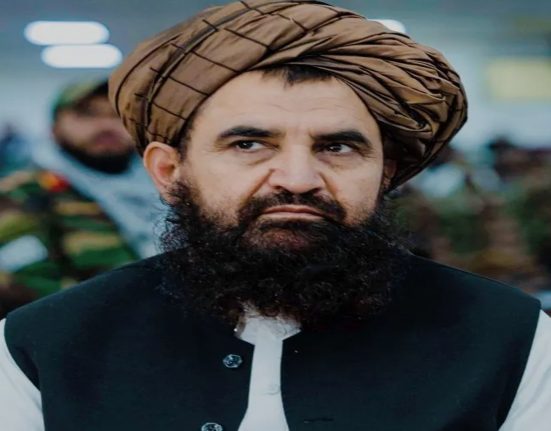
Cultural heritage is too great to be destroyed with the pickaxe of prejudice.
In the latest move, the Taliban have destroyed the monument of Amir Alisher Navai in the city of Mazar-e-Sharif. This move by the Taliban is not only a clear attack on the collective memory of the Afghan people, but also a calculated attempt to erase the identity symbols of non-Pashtun ethnic groups and limit the country’s history to the Taliban’s narrow-minded interpretation.
Amir Alisher Navai (1441–1501 AD) was a poet, minister, and politician of the Timurid era who, by supporting the Turkic language and literature, founded the classical literature of Central Asia.
He is one of the great figures in the cultural history of this land, whose great legacy belongs not only to the Turks but to all the ethnic groups of Afghanistan, and his path and methods are a lesson for empathy and solidarity. However, in the eyes of the Taliban, his very Turkish identity is considered a threat to their one-dimensional and ideological project.
This is not the first time that the Taliban have targeted such symbols. In 2001, with the explosion of the Buddha statues in Bamiyan, the world saw that the Taliban have no respect for the common heritage of humanity.
In the second period of this group’s rule, the destruction of cultural symbols belonging to non-Pashtun ethnic groups has become a continuous policy: from the statue of Abdul Ali Mazari in Kabul to the pictures and murals of poets, kings and thinkers in Balkh and Sheberghan and several other provinces.
Scholars consider this approach by the Taliban to be part of a policy of cultural elimination of other ethnic groups; a policy that uses the tool of “destruction” to try to create a monochromatic Afghanistan that conforms to its own ethnic interpretation.
However, Afghan society has repeatedly shown that it is sensitive to such policies. The domestic and foreign reactions to the destruction of the Nawaei monument also confirm this.
The destruction of cultural symbols is not just a symbolic act, but carries a clear message: the Taliban are seeking to impose a monopolistic narrative on Afghanistan’s history.
However, the consequences of such a policy will be nothing more than deepening ethnic divisions, increasing mistrust, and weakening national solidarity.
The historical and social reality of Afghanistan is the opposite of what the Taliban want to create. Afghanistan is a multi-ethnic and multicultural land, and no power can erase this truth by force or violence.
The destruction of the Amir Alisher Navai monument shows that the Taliban are not only enemies of individual and political freedoms, but also try to destroy historical identities through “cultural erasure.”
Although this policy may leave tangible effects in the short term, it will have the opposite effect in the long term: it will strengthen social and cultural resistance against this group.
History has proven that cultural heritage is too great to be destroyed with the pickaxe of prejudice.







